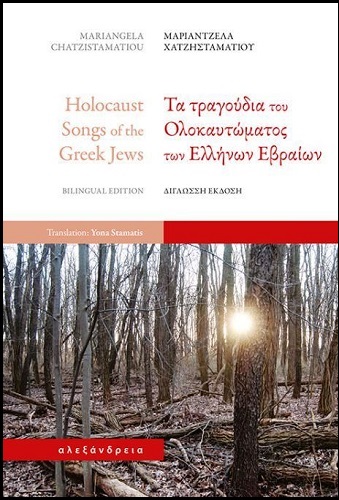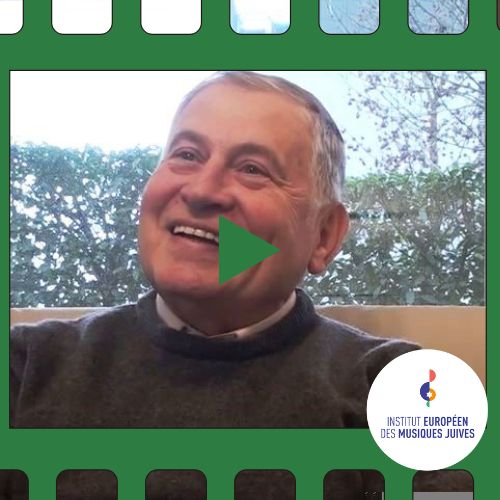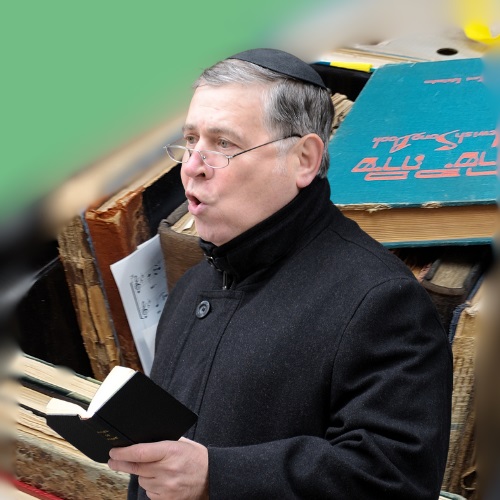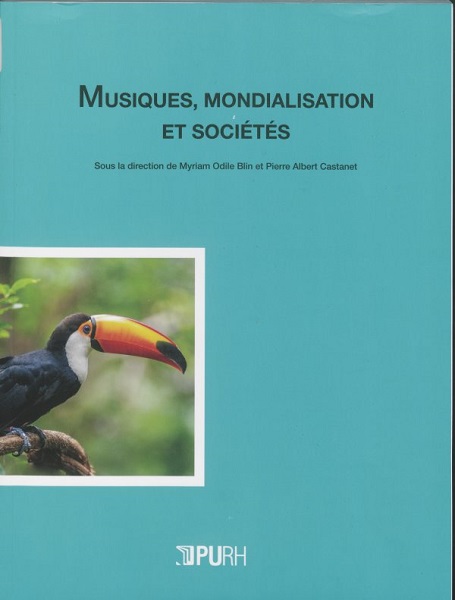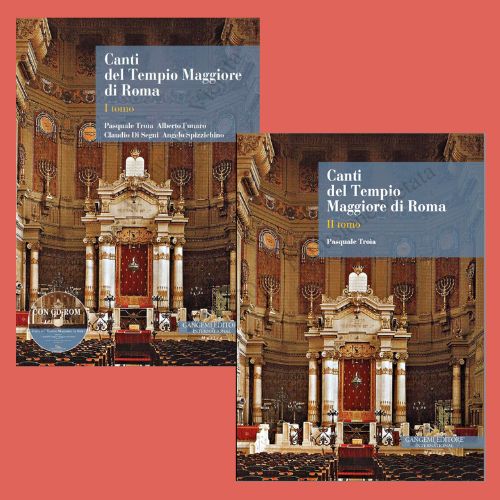
Songs of the Great Temple of Rome (Volumes I and II)
Gangemi Editore International
Volume I by Pasquale Troìa , Alberto Funaro, Claudio Di Segni, Angelo Spizzichino, Rome, November 2021, 188 pp., 1 audio CD enclosed
Volume II by Pasquale Troìa, Rome, December 2021.2024, 183 pp.
This two-volume study by Pasquale Troìa [1]Pasquale Troìa is Professor of Bible and Music at ISSR Mater Ecclesiae and the Pontifical University of St. Thomas Aquinas, Angelicum, Rome, Alberto Funaro, Claudio Di Segni, Angelo Spizzichino studies for the first time the musical manuscripts of the Historical Archives of the Jewish Community of Rome. These archives contain mainly scores representative of the traditions of the five historical synagogues of Rome (Cinque Scole): two synagogues were destined for immigrants from Spain in 1492 (Scola Catalana and Scola Castigliana), one for those from Sicily (Scola Siciliana), and two others for the Jews already present in Rome at the time of these migrations and before the creation of the Ghetto in 1555 (Scola Tempio and Scola Nova). The archives of the Jewish community of Rome also contain manuscript scores composed by Jewish and non-Jewish musicians since July 27, 1904, the date of the inauguration of the Great Temple of Rome (Tempio Maggiore). These musical manuscripts tell the story of the religious, historical and cultural identity of Roman Jews. The book is accompanied by a CD-ROM containing a representative sample of these liturgical songs performed by the Tempio Maggiore Choir of Rome, directed by Claudio Di Segni, with the participation of the cantor Rav Avraham Alberto Funaro and Angelo Spizzichino, organist of the Temple. The songs are presented in the original Hebrew text, translated and “accompanied” by biblical, liturgical and musical comments.
There are also transcripts of interviews with Rav Funaro, Maestro Di Segni and Maestro Spizzichino, which give us a better understanding of the function of the Chazan (cantor), the choirmaster and the organist during the daily prayers, the prayers of the festivals and the events that mark the history of the Roman Jewish community.
The second volume completes the themes of the first. For the first time, it presents the biographies and compositions of the directors of the Tempio Maggiore Choir (from 1904, the year of its consecration and inauguration), as well as those of the Cinque Scola. There is also an index of the most frequently performed chants, with their performance context in the liturgical year cycle. Also included are “historical” and contemporary recordings, photographs of the choir and some of the events and concerts in which it took part, a presentation of the Temple organ and an initial survey of the presence or absence of organs or harmoniums in Italy’s main synagogues.
The book is accompanied by an extensive bibliography and an “atlas” of over four hundred liturgical, biblical, musical, ritual and cultural terms to help us understand and appreciate the heritage of Jewish liturgical chant, particularly in Rome. Also included are idiomatic Judeo-Roman words and expressions used by Roman Jews to characterize moments of daily life.
Purchase the book (volume I and volume II)
Browse the archives from Pasquale Troìa
Access Pasquale Troìa’s blog (in Italian)
| 1 | Pasquale Troìa is Professor of Bible and Music at ISSR Mater Ecclesiae and the Pontifical University of St. Thomas Aquinas, Angelicum, Rome |
|---|
